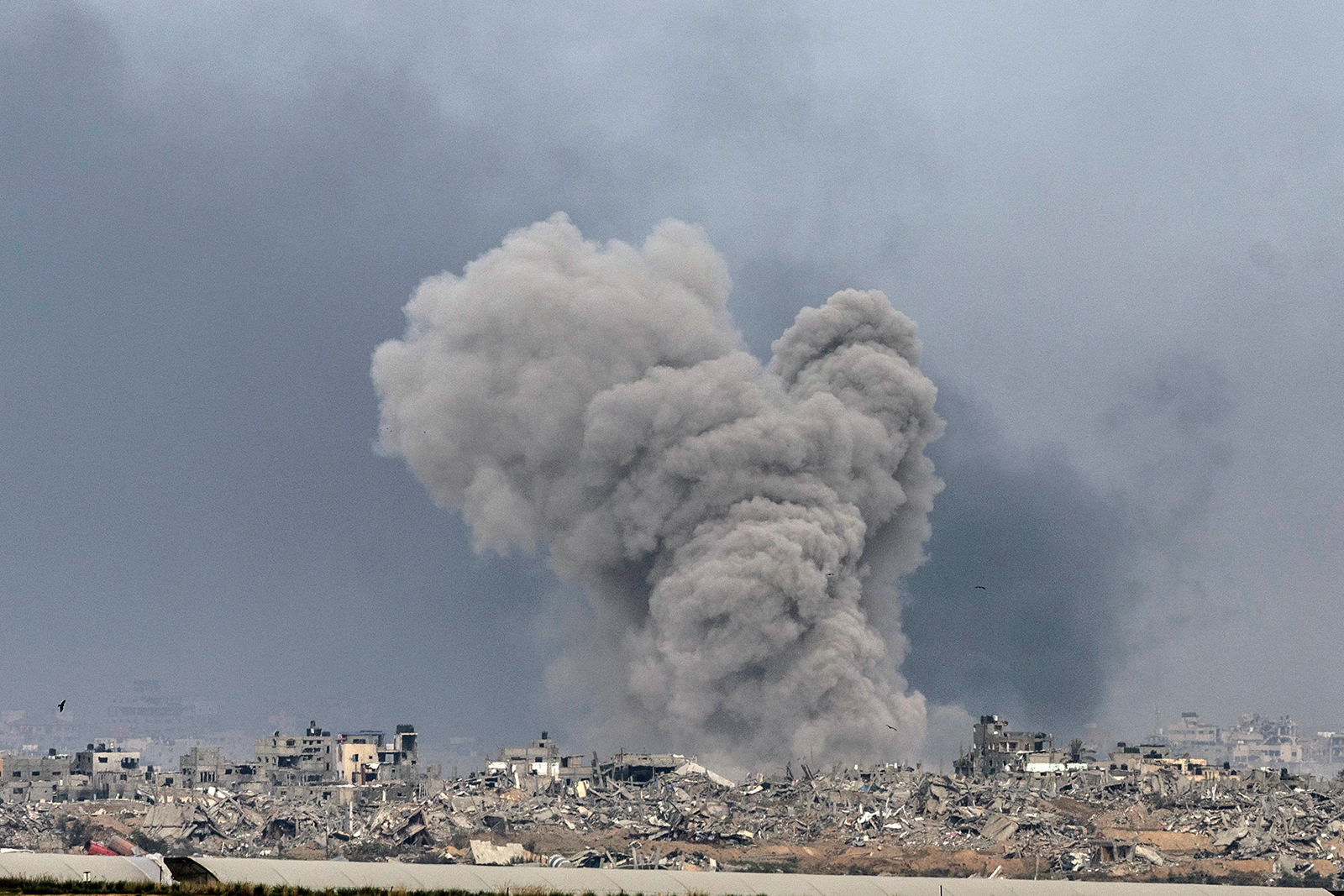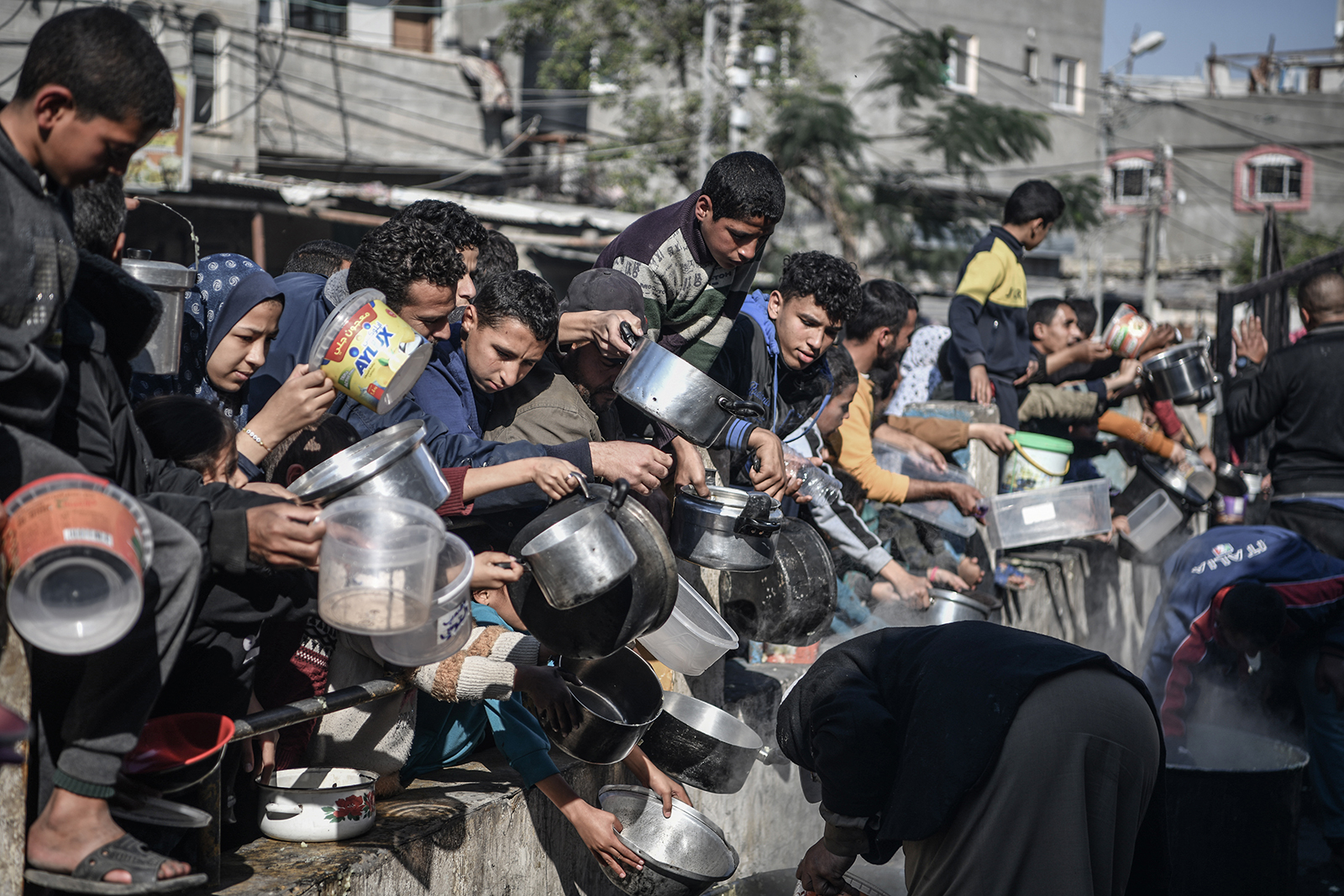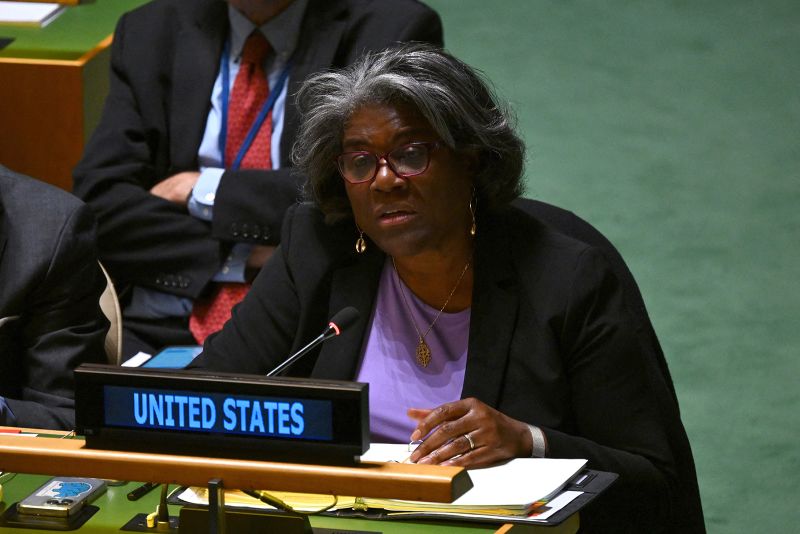Israel’s most recent proposal to Hamas is a one-week pause in the war for the return of around 35 hostages, including the remaining women, elderly, wounded and sick men held in Gaza, a senior US official told CNN.
This group would include the three elderly men abducted from Kibbutz Nir Oz near the Gaza border who were recently featured in a video released by the Qassam Brigades, Hamas’ military wing, in which they are pleading to be released.
CNN was unable to independently verify when or where the footage was shot or the condition of the captives.
And despite Hamas stating on its Telegram channel on Thursday that it would not agree to any discussions about prisoner swaps until after Israel ends its military operation, US officials continue to believe that there is a pathway to secure the release of more hostages, that official said.
The senior US official declined to say whether Hamas’ most senior leader in Gaza, Yayha Sinwar, had responded to Israel’s latest proposal on the hostages. Sinwar is Israel’s primary target in Gaza, the Israel Defense Forces has called him a “dead man walking.”
Both Israeli and American officials have indicated they believe Sinwar could be in the network of tunnels below his hometown of Khan Younis.
While Israel has returned to the negotiating table to get more of the hostages taken by Hamas during the October 7 attack, both Israeli and US officials have made clear that a deal does not appear imminent, CNN previously reported.
Eight Americans remain unaccounted for since the October 7 Hamas attack on Israel. Four Americans — three women and a toddler — have been successfully released since the start of the Israel-Hamas war.
The US and Qatar have continued to push Israel to get back to the negotiating table, ever since a seven-day truce ended three weeks ago and efforts to get hostages released stalled.








